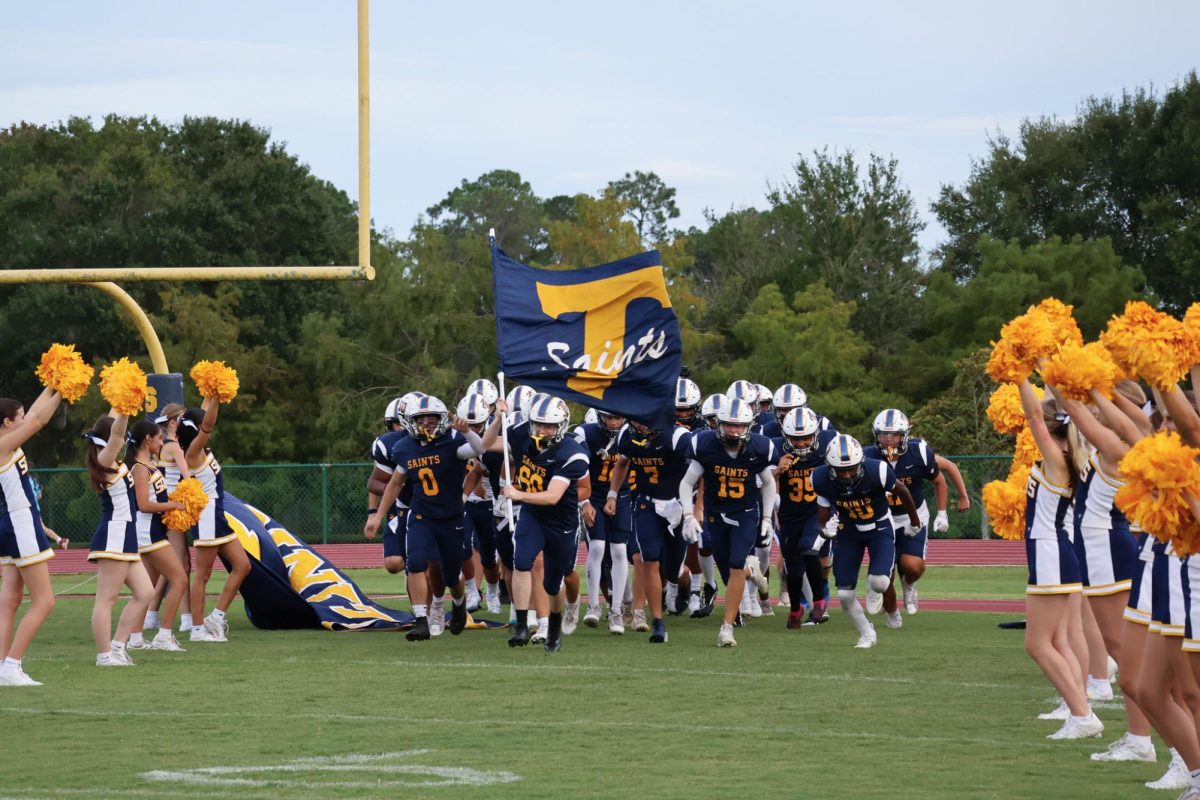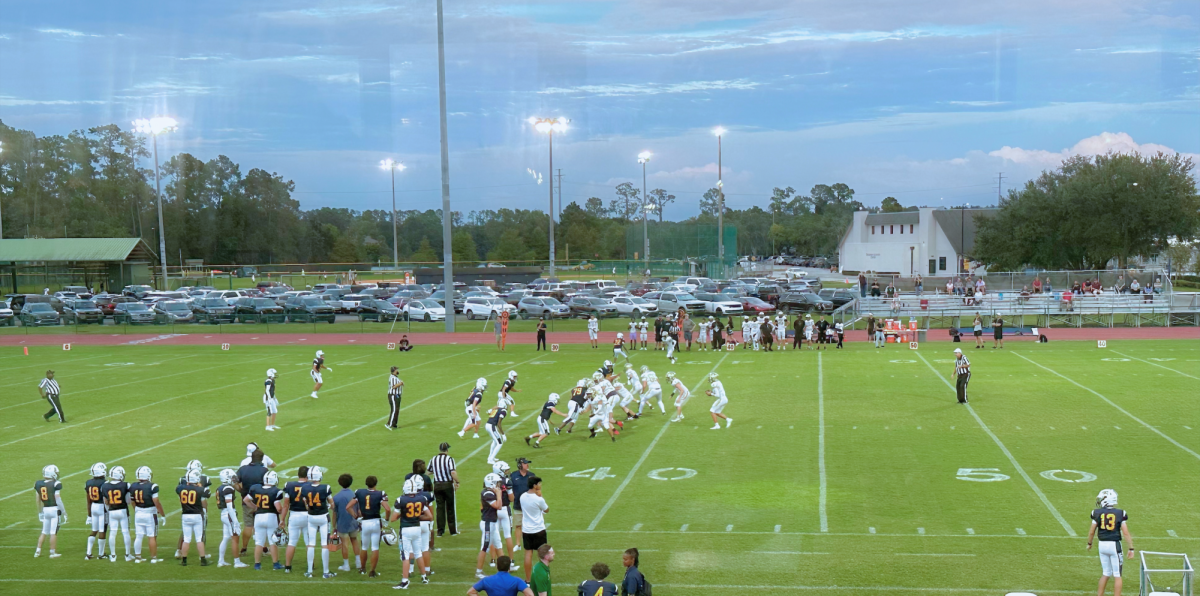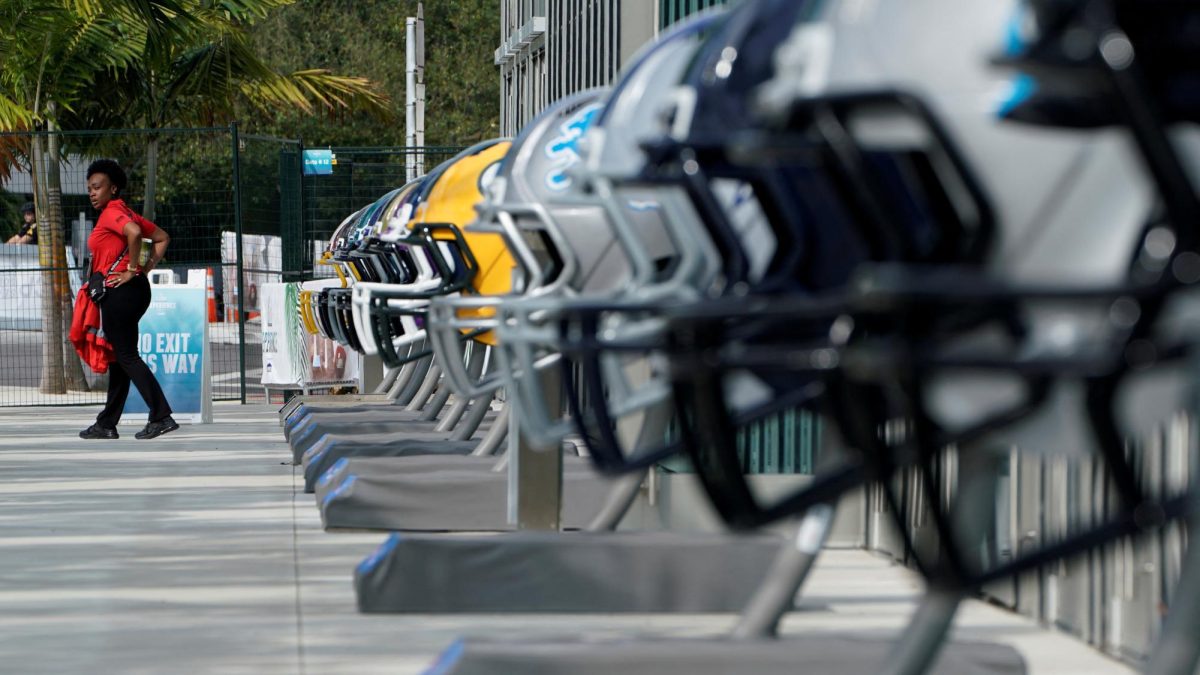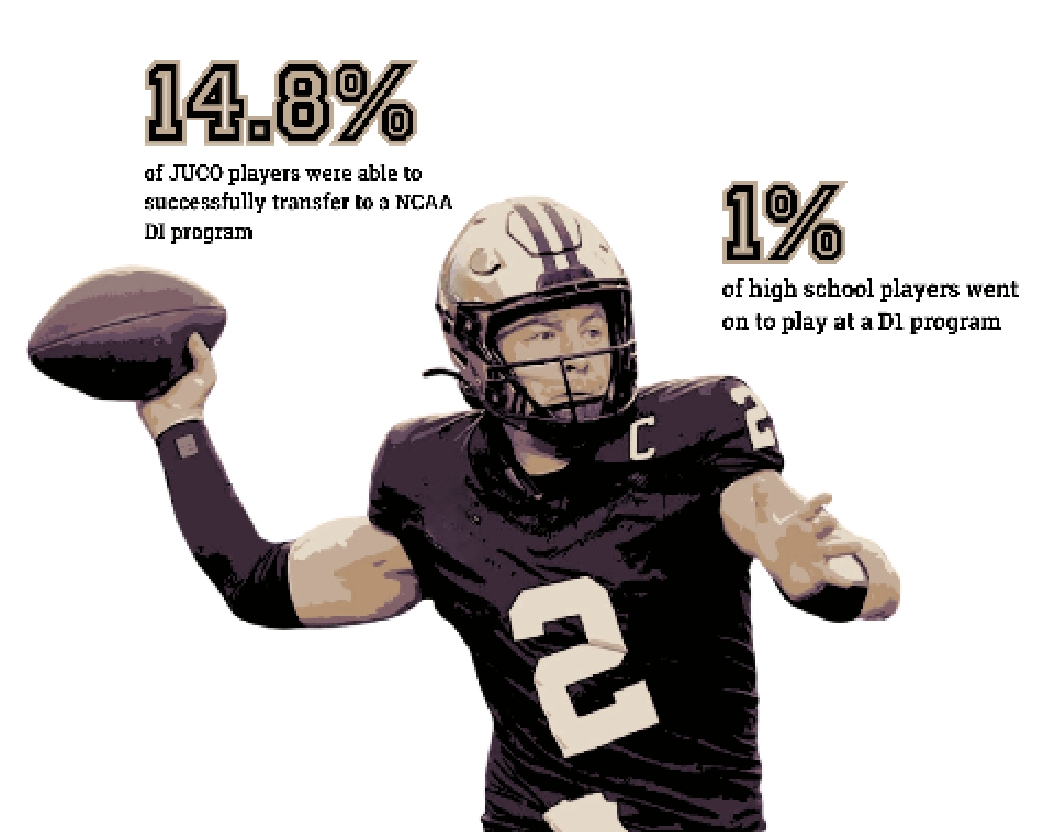All year long you give college basketball the cold shoulder, but in March it’s all you can think about. March marks the beginning of March Madness, the crazy, unexpected, odds-defying men’s college basketball tournament.
The tournament is played in a single-elimination bracket format, where 64 teams are put into four regions and are seeded one through 16. Because of the number of schools that participate, smaller schools, like VCU and Wichita State, get the opportunity to play against big, power-house schools, such as Kentucky and Duke, that they would not usually play. Teams play until they lose in an attempt to make it to the biggest stage in college basketball—The Final Four.
March Madness might just seem like any other sport’s tournament, but how can you explain the 21 million people who tuned into watch the National Championship game last year?
There is one simple explanation: it’s unlike anything else in the sports world. It is the only playoff of its size where if a team loses, the players are sent home. This situation of single-elimination brings out the best in competition.
“It’s the most intense with single-elimination games because everything is on the line,” freshman basketball player Sophia Cheros said.
Unlike the NBA playoffs, teams can’t fall back on the fact that they can beat a team in seven games. Even in the NFL, the teams are more evenly matched.
The teams in the playoffs are the top-tiered teams, while the teams in the college tournament may have just barely made the cut.
Every team has to bring its A-game for each 40-minute game because everything is on the line.
Each year more than 60 million Americans fill out tournament brackets. Everyone knows that the odds of filling out a perfect bracket are stacked against them—one in 9.2 quintillion, to be exact. To put that into perspective, it is 1,000 times more likely to win the lottery than to pick a perfect bracket.
Despite these tremendous odds, basketball fans and people who haven’t watched a game during the season attempt to do the impossible. You may not like a team, or you may not know a single player on the team, but you still cheer for them because you chose them to win in your bracket. This is what draws in the big crowds and television viewers.
“I watch March Madness because I have to check on my bracket’s progress,” senior Ben French said. “It’s aiming for a perfect one this year.”
Some die-hard fans will stick true to their roots and only pick their favorite team to win. This is the case for freshman basketball fanatic Alec Holler.
“I watch the tournament to watch the Florida Gators attempt to win the national championship,” Holler said.
When picking a bracket, expect the unexpected. Upsets are normal and happen more often than not, but that is what draws the attention of fans.
Cinderella stories, or low-seeded teams that make it further than expected, are present every year and are always interesting to watch.
“The craziness of Cinderella runs and big upsets make for a really cool ‘any given game’ mentality for all of the teams, no matter where they’re seeded,” said senior Jake Smith who has an Orlando Magic blog.
Last year Florida Gulf Coast University made a name for itself when it was the first 15 seed to win two games in the tournament. Duke, a historical powerhouse in basketball, was knocked off by a 14-seeded Mercer in the first round last year.
This was one of the biggest surprises of the tournament and definitely caused problems for people’s brackets.
From a fan’s perspective, the best thing about March Madness is the number of games constantly on TV. During the first two days of the tournament, there are 32 games, only in the first round. This year’s selection is on Sunday March 15, and the National Championship game is on April 6.
March Madness will always be one of the best and most watched playoffs among all sports. If there’s any time to watch basketball, that time is March.
















